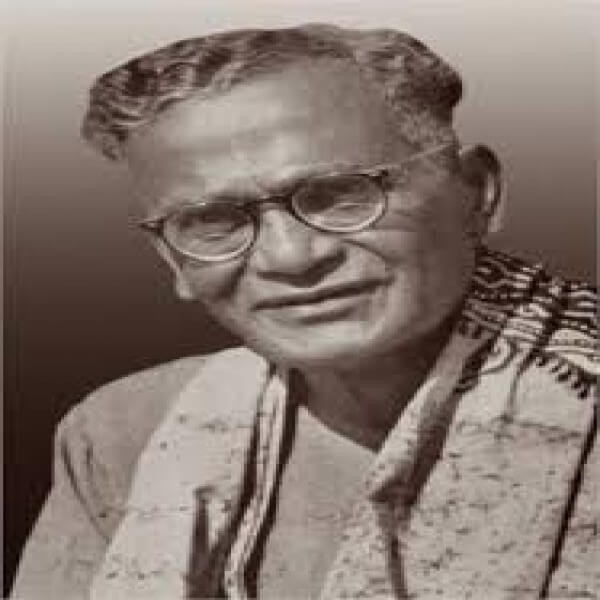Nandalal Bose
ABOUT
Bose was known for his "Indian style" of painting
Painter | Sculptor | India
Born in 1882
Died in 1966

Nandalal Bose Place of Birth: 3rd December 1882, Kharagpur, Bengal, India Place of Death: 16th April 1966, Kolkata, India Nandalal Bose was one of the artists from Bengal who was at the forefront in shaping the current form of Indian Modernism. One of the most unique things about his work is that he opted for the middle-path. He neither chose to follow western ideology nor did he completely reject the traditional past of India. He had completely reinvented art in India and paved a way of new art for future generations. He took early interest in devising models and decorating pooja items. He never really had his family’s approval in the early stages to pursue art. However, due to his perseverance and hard work he persuaded his family in pursuing art. During his early days as an artist, he was deeply influenced by the murals in the Ajanta caves. Because of his love for India and interest in indigenous and oriental art traditions, he soon became a popular figure in the international community. A pupil of Abanindranath Tagore, Bose was known for his “Indian Style” of painting. He became the principal of kala Bhavan santiniketan in 1922.In 1976,the Archaeological survey of India, Department of culture, Govt of India declared his works among the “ nine artists” whose work, were to be considered “ to be art treasures”, having regard to their artistic and aesthetic value. He created more than 7000 portrays during the course of his illustrious carrier. Today the National Gallery of modern art in Delhi houses most of those paintings. He was also one of the leading lights for the renaissance of art in India. When Rabindranath Tagore founded the kala Bhavan in santiniketan, he invited Nandlal to join in. Nandlal Bose served as the principal at Kala Bhavan, santiniketan between 1922 and 1951. Later in his life, he was entrusted with some important government assignments. Firstly, he was asked to decorate the manuscript of the constitution of India, which he did brilliantly and then he was assigned a job by the prime minister Jawaharlal Nehru asked him to design the emblems of prestigious government awards, such as Bharat Ratna and Padma shri.
